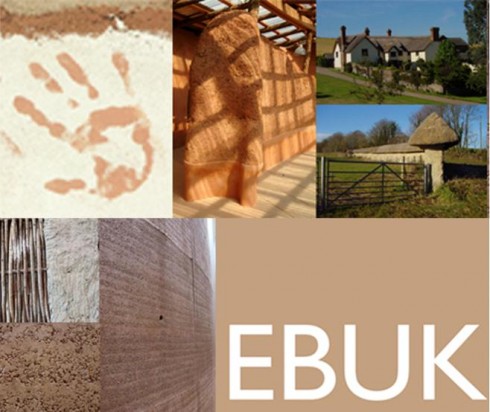15 Feb 2013
‘The Transition movement and the potential of local building materials’: a presentation to the EBUK conference
I was delighted recently to be asked to speak at the Earth Building UK conference, held this year at Dartington, near Totnes. As regular readers will know I have had a deep and long-lasting love affair with earth building, and indeed many of those who inspired and trained my fumblings into the world of cob homes, strawbale walls and clay plasters were there in the audience. In the context of the soon-to-be-released ‘Totnes & District Local Economic Blueprint’, I looked at two projects in Totnes and their potential to do a lot more than just provide houses. It was a shame I could only get there for the final session as the whole day looked mouth-watering. The bits I did hear were great: I had never, for example, heard of the ‘mud and stud’ technique before, a method particular to Lincolnshire. Fascinating stuff. Anyway, here’s my talk:

Jon Barrett
16 Feb 7:27pm
Cob building was common in the south of Brittany, and clay mortar was universally used in vernacular stone buildings across the area., including the house I am rebuilding around me here in north Finistere. Two cob techniques that were new to me when I moved here, but are very common in old houses here are as follows:
1/ For interior walls studwork had laths of chestnut slotted into grooves and ‘sausages’ of clay and straw were hung over the lathes to create the body of a partition which was then clay plastered on both sides.
2/ For upper floors, cleft sweet chestnut palings were rolled in a clay straw mix and placed close together between joists to form a subfloor which was then finished with a clay screed. Very efficient thermal and acoustic insulation.
I have worked on restoring both the above here, and a Breton friend has restored his house entirely with these traditional methods. During the drying stage all his interior walls sprouted grass from seeds lying dormant in the clay! Disappeared after drying and look fabulous with a lime wash.
If you are interested, let me know and I’ll send photos.
Marian van der Veen
26 Feb 4:49pm
During my volunteer travels through sustainable communities, I visited Mary St. Ottery in Dorset one day, searching for that rare and unique cob house…. or so I presumed. A tourist guide mentioned it as such.
Little did I know about the many 200 year old cob houses in the region of Devon. To my surprise, just outside the village, I found a huge plot with several new built cob houses, a down to earth familybusiness, for restoration works on and construction of cobhouses, which offers courses and an opportunity to assist in cob house building on site.
After I was told, by the owner, about the century old tradition of cob building, with light colored plastered walls, darkened by age and a horizontal section in black all around the home at the bottom,I noticed them everywhere 🙂
This technique proves the excellence of the material, specially considering the humid esturary, seaside condition of Devon.